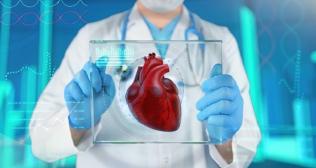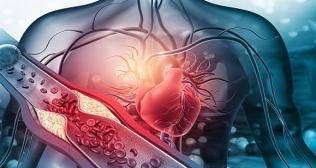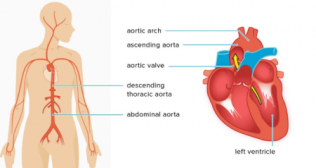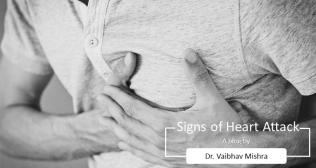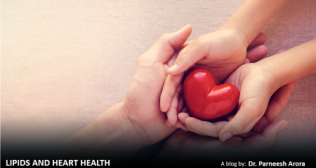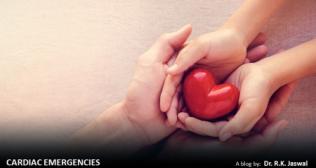What Is Atherosclerosis?
Atherosclerosis is a condition which causes the hardening or blockage of the arteries due to plaque build-up around the arteries walls. These plaques – which usually comprise of fat, cholesterol, calcium, and other stuff – harden over time thus resulting in the narrowing of the opening of the arteries. As a result of the narrowing of the arteries, there’s a loss of elasticity in them which leads to the restriction of the blood flow to other parts of the body. It also needs to be mentioned that these plaques can also split open over time thus causing the formation of blood clots inside the artery. These blood clots, in turn, can cause the blockage of all blood flow through that particular artery or worse still, break off and travel through the bloodstream to block another artery elsewhere.
Atherosclerosis can strike any artery no matter where in the body it is located. However, when it occurs in arteries responsible for supplying blood to the heart of the brain, it can prove to be the most dangerous and even fatal. For instance, if it were to strike either one of the two coronary arteries which pump blood to the heart, it can result in a heart attack. In case of a partial blockage of an artery in the heart, it could lead to Angina. When clotting or thrombosismanifests itself in one of the arteries to the brain, it results in a stroke. Thereon, it needs to be reiterated that Atherosclerosis is the underlying cause of most serious heart and circulatory problems.
Risk factors
A number of factors can contribute to arteriosclerosis. They are listed as under:
- Smoking or use of other tobacco products
- High blood pressure
- High blood cholesterol
- Insulin resistance or diabetes
- Lack of physical activity
- Obesity
- Poor nutrition
- Excessive alcohol intake
Moreover, it’s quite prevalent in individuals over the age of 65. Other risk factors that are beyond control include gender, family history of heart or circulatory diseases, and ethnicity.
Symptoms
Many people suffering from Atherosclerosis are seldom not aware that they have this condition. This is because even with the stiffening and thickening of arteries due to plaque build-up, individuals suffering from mild forms of this disease might not experience any symptoms at all. Furthermore, these symptoms – ranging from moderate to severe Atherosclerosis – usually vary depending on where the condition occurs. Some of the common symptoms include:
- Chest pain or Angina
- Irregular heartbeat or Arrhythmia
- Shortness of breath/ Difficulty breathing
- Sudden arm or leg weakness or numbness (Neuropathy)
- Trouble speaking or slurred speech along with difficulty understanding
- Impaired vision/Brief loss of vision in one eye
- Loss of appetite
- Drooping facial muscles/ paralysis in the face
- Pain when walking known as Claudication
- High blood pressure
- Kidney failure
- Dizziness and light-headedness
- Unsteadiness and loss of balance
- Loss of consciousness
- Changes in urination frequency
- Severe headache/Migraine
Diagnosis
The key to managing this condition is the early diagnosis. Which is why, in case an individual experience any of the above-mentioned symptoms, it’s highly recommended that he/she visit their physician right away.
Accordingly, the physician will ask questions about the patient’s overall health and family medical history. He may also order special tests that help to determine the health of the heart and arteries. These diagnostic procedures could include the following:
- Ankle-brachial index test
- Blood tests to check the levels of certain fats, cholesterol, sugar, and protein present in the blood which could indicate heart conditions.
- MRI, PET, & CT scans
- Electrocardiogram (EKG)
- Stress testing
- Ultrasound
- Coronary Angiography
- Echocardiogram
Treatment
Unfortunately, Atherosclerosis can’t be reversed. Having said that, there are several tried-and-tested approaches for treating Atherosclerosis that can slow down its progress and minimize the patient’s chance of having a heart attack or stroke. These include lifestyle modifications, prescription drugs, and surgical procedures. That being said, here are some of the treatment options:
- Following a heart-healthy diet
- Quitting smoking
- Following a regular exercise regime
- Maintaining a healthy weight
- Effectively managing stress
- Cholesterol medication drugs known as Statins and Fibrates to reduce bad cholesterol
- Anti-Platelet medication to prevent the formation of clots in the blood
- Beta-Blockers to relax blood vessels
- Calcium channel blockers to lower blood pressure
- Surgical procedures – in case the condition doesn’t respond adequately to medication – such as Angioplasty, Endarterectomy, Bypass Grafting







